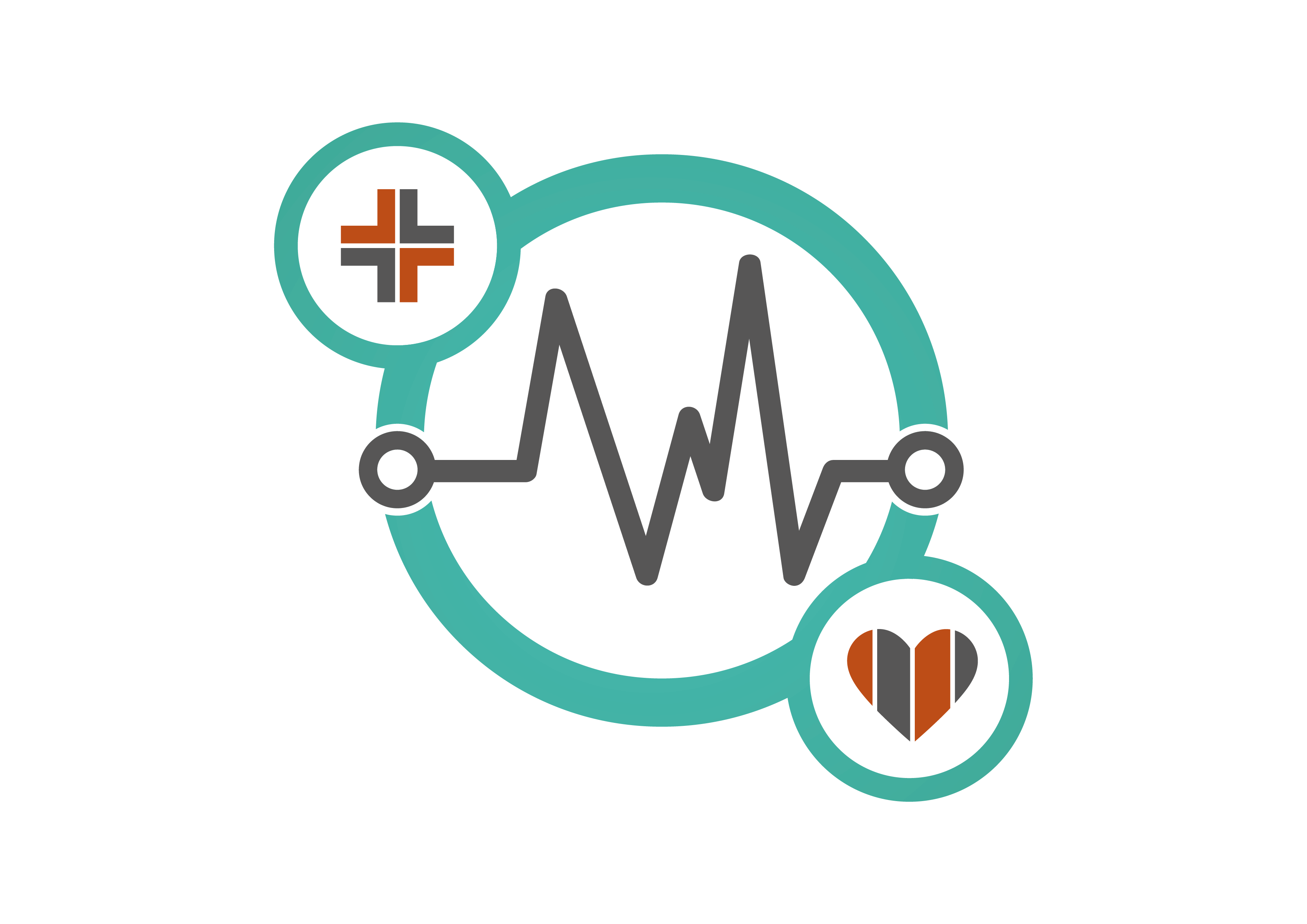At HLTH Europe, I sat down with Andrew Lacy, Founder and CEO of Prenuvo, to discuss the revolutionary potential of early disease detection, the role of MRIs in preventive healthcare, and how their innovative screening technology is transforming patient outcomes, especially in women’s health.

What have you learned from your time finding and running Prenuvo?
I’ve learned several things. Firstly, our healthcare system only considers us healthy until one day we wake up with a diagnosis of a serious disease. A UK study found that at least half of all cancers are diagnosed in an acute hospital setting. This means people live with cancer for years without knowing it until it becomes advanced and symptomatic.
Most diseases take a long time to manifest, and the symptoms are often not apparent early on. Our healthcare system typically only addresses symptoms, which means we often catch diseases too late. Symptoms can also be misleading. For instance, the most common sign of gallbladder cancer is pain in the shoulder, and endometriosis can cause shoulder pain due to the phrenic nerve being affected.
Additionally, many people dismiss symptoms as normal, particularly women who might experience abdominal pain and attribute it to common issues. When they do seek medical help, they’re sometimes not taken seriously. Our screening process aims to democratise health insights by cataloguing everything we see, regardless of symptoms or doctors’ opinions. This approach often helps people take control of their health and receive earlier treatment.
More than half of our patients are women, and we’ve been able to catch conditions like ovarian cancer early, which is often mistaken for period pain, and fibroids, which can affect fertility.
As a company, we’re making a significant impact on women’s health. We have female radiologists who are passionate about shedding light on conditions that might otherwise take longer to diagnose within traditional healthcare systems.
How does your company stay informed about the latest research and developments in women’s health?
We address the important but simple problem of illuminating what’s happening inside the body. By doing this regularly, we learn a lot, including identifying early biomarkers for disease detection. People typically navigate life without understanding what’s happening internally. We help people get a comprehensive internal view every year, leading to better health outcomes. Our goal isn’t necessarily to further science but to create visibility where it didn’t exist before.
Do you primarily work B2B or with individual patients?
We started with consumers, especially after COVID-19, when people became more proactive about their health. Through them, physicians learned about our services, and now hundreds of doctors refer patients to us. We’ve also connected with organisations, and our ultimate aim is to have our scans covered by health systems like the NHS, which would be transformative.
Where is your company currently operating?
We’re mainly in the US and Canada. We plan to open in London towards the end of this year or early next year.
What are the costs of your services, and how do you make them accessible?
In the US, we charge US$1,000 to screen the torso for cancer and US$2,500 for a comprehensive analysis from head to ankles. These costs are currently out of pocket, as health systems don’t cover them yet. However, each exam helps us gather evidence to support future coverage by health systems. As technology advances and becomes more widespread, these costs will likely decrease.
How long do you think it will be before preventive MRI scans are widely accessible?
It’s not just about when the technology will be available but recognising that our current healthcare systems are in crisis. We need transformative change, moving from reactive to proactive medicine. If we can stop treating advanced diseases reactively and catch them early, it will reconfigure healthcare systems fundamentally. The cost of scans will be minor compared to current expenses.
There’s a belief that there’s not much money in prevention. How do you view this?
It’s a two-sided problem. Historically, preventive measures like mammography and Pap smears took decades to become standard. This long proof cycle discourages private investment in preventive measures. We need to change the way we assess these technologies to shorten the cycle and attract more investment. Countries with social medicine systems, like the UK, are better positioned for this transformative approach because they manage care from birth to death, unlike the US, where employers’ insurance covers only current employees.
How do you see MRI technology impacting women’s health in the next 10 years?
MRI can complement existing tests, like mammography for breast cancer. Mammography is effective for women with fatty breasts, while MRI is better for dense breasts, often found in younger women. Similarly, MRI can be useful where colonoscopy falls short. Anecdotally, we find that women are more in tune with their bodies and know when something is wrong. We should listen to them more as they often have valuable insights about their health.
What else would you like to add about your vision for healthcare?
I’m passionate about redefining disease. Currently, we see health in binary terms: healthy or not. We need to view disease as a process. Early diagnosis should be less frightening and more about managing health proactively. If we change how we define disease, we can change our relationship with our bodies, making us more empowered to maintain our health.
Do you think technology is the key to this change?
Technology is essential. Just as you need help spotting a mole on your back, we need imaging to see inside our bodies. The first time I looked inside my body five years ago, it was magical. Knowing what’s inside helps us take better care of ourselves. Everyone should have the right to see inside their bodies and use that information to advocate for their health.


